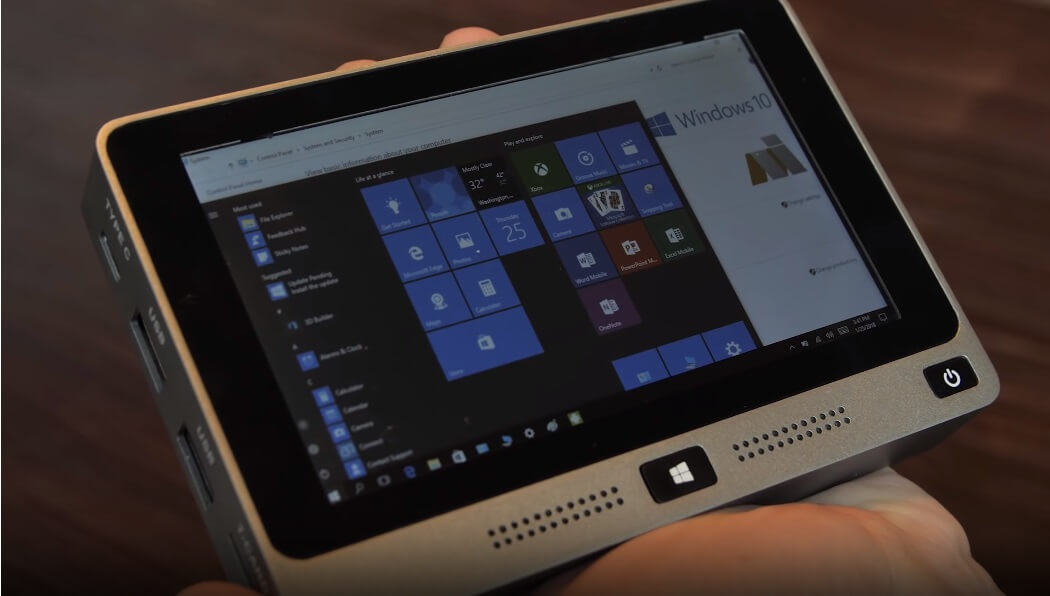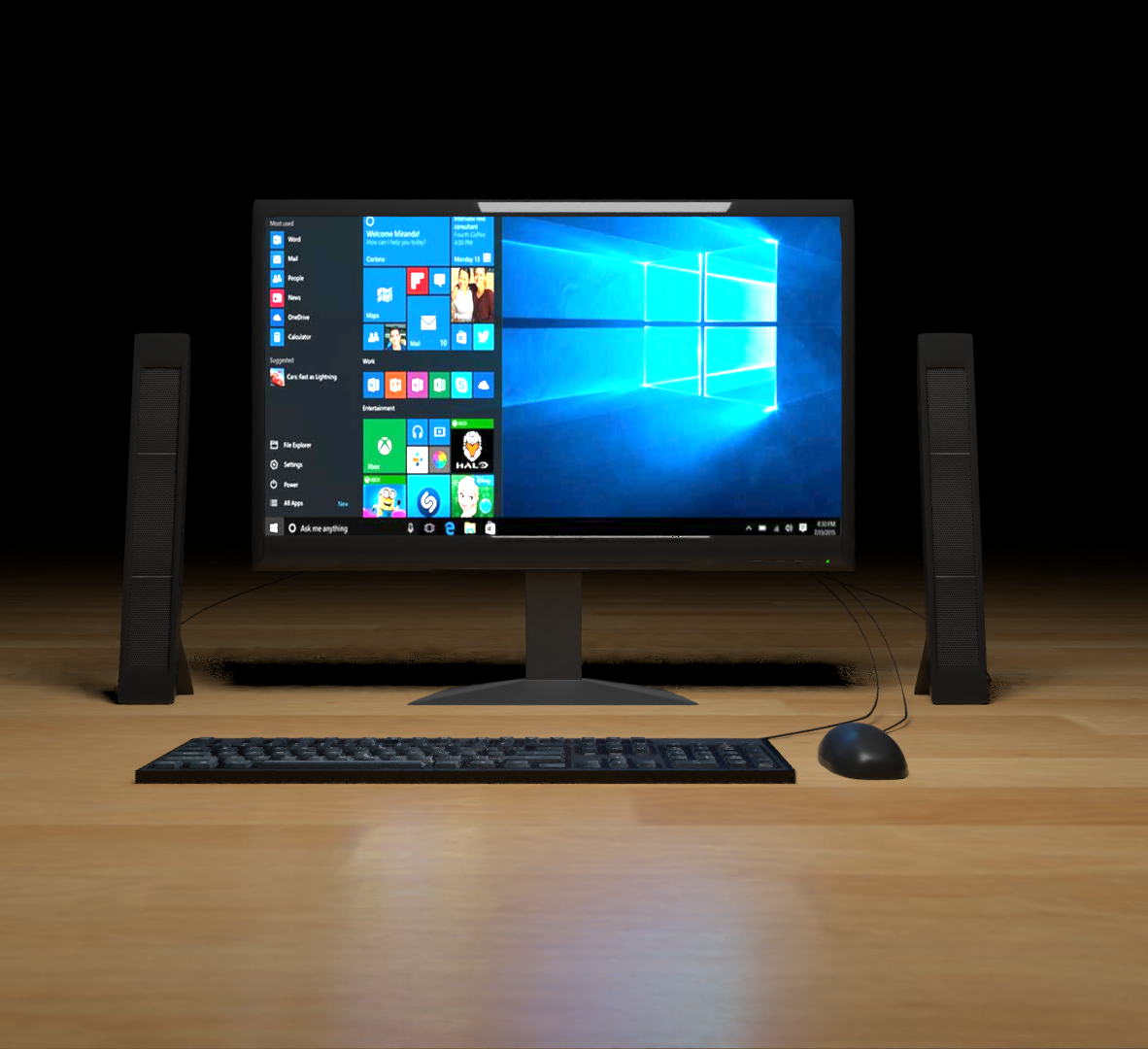

But it could be the reason for the computer turns on by itself. By saving the operating system state to a hibernate option, it can help your PC boot up faster to save time.
/cdn.vox-cdn.com/uploads/chorus_image/image/53359963/vlcsnap-2015-07-28-10h57m14s186.0.0.png)
This will show you the last device which woke up your PC. Type “powercfg –lastwake” and press Enter.Note: Do NOT click OK or just press the Enter key as that won’t allow you to open Command Prompt in the administrator mode. Type “cmd” in the search box and press Shift+ Ctrl+ Enter together to open Command Prompt in the administrator mode.On your keyboard, press the Windows logo key and R key at the same time to invoke the Run box.

By following the below steps, you can know what device can wake up your PC and help you determine whether the problem is caused by hardware or software.

You can use Command Prompt to check what woke your computer. Note that you need a valid Windows 10 key to run Tiny10 – it’s still a Windows 10 installation, after all, just a heavily modified one capable of providing new options to very old PCs.Powerful technology that secures and safely repairs any PC to an optimized stateīefore you start, let’s do a self-check. That said, the developer seems trustworthy enough, and has had these ISOs out for a couple of years now with no complaints. Just bear in mind that as ever with any kind of modified installation file, you can’t be sure exactly what tinkering has been done, so proceed with a healthy amount of caution with projects like this. It’ll likely work fine on a rig with only 1GB of memory, perhaps even less. But it’s clearly remarkable that the OS can even reach the desktop with such a minuscule amount of RAM available to meet its demands.ĭoubtless you get the idea, then, and Tiny10 will surely work on very old PCs that otherwise wouldn’t be up to scratch for running Windows 10. Granted, performance was very sluggish in many respects, but the OS worked on the compact board of a computer.Īs a side note, Tiny11 can be booted on as little as a fifth of a Gigabyte of system memory – although in that case, it’s not remotely usable. If you want to get an idea of how resource-friendly these pared-down Windows installations are, bear in mind that Tiny11 has been run on a Raspberry Pi 4. The developer also notes that the component store is back, allowing for updating Tiny10, and the remote desktop is now in the mix with the OS.


 0 kommentar(er)
0 kommentar(er)
